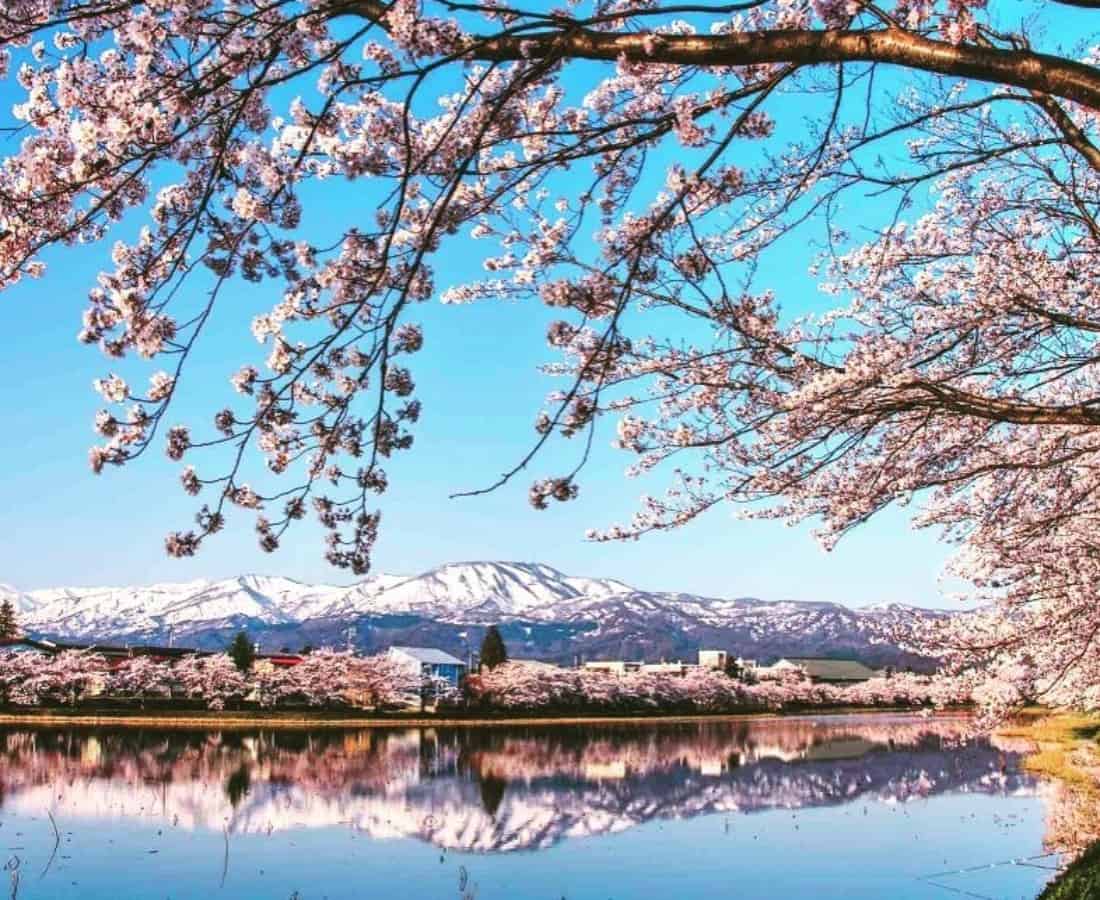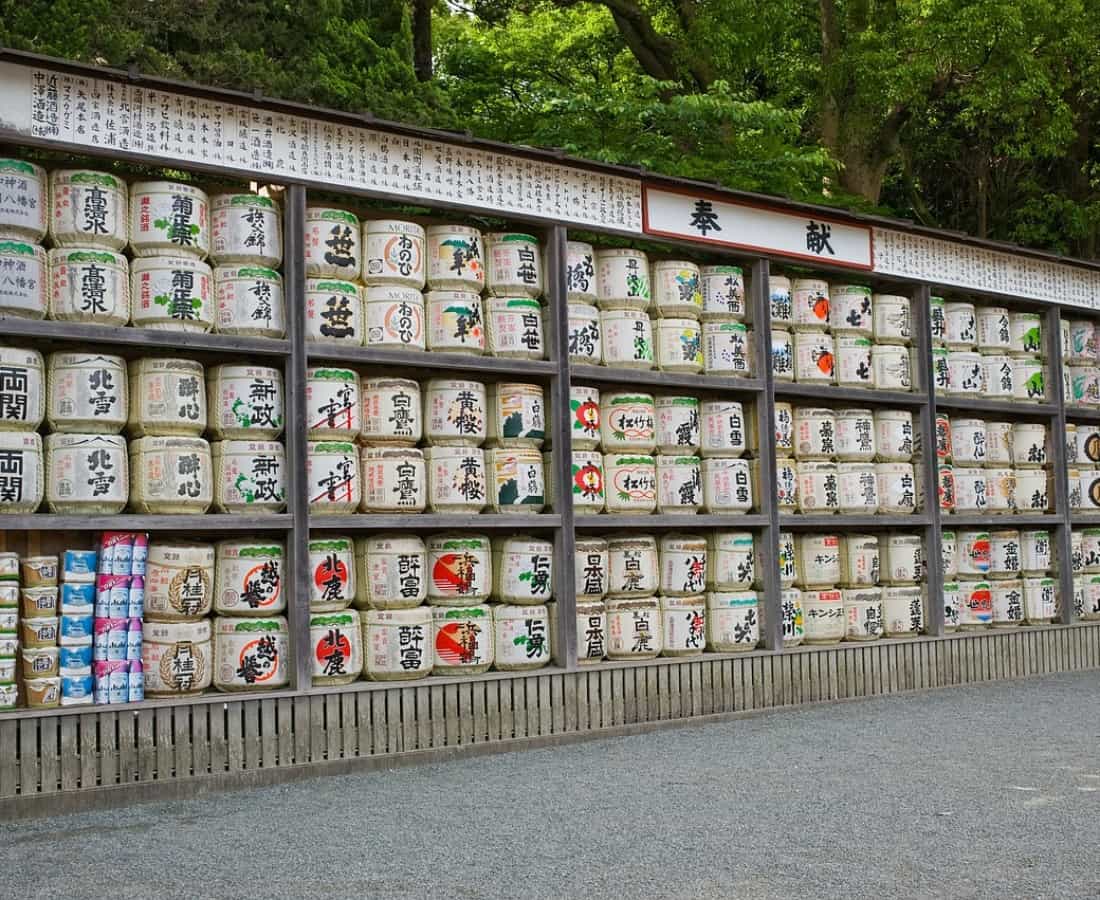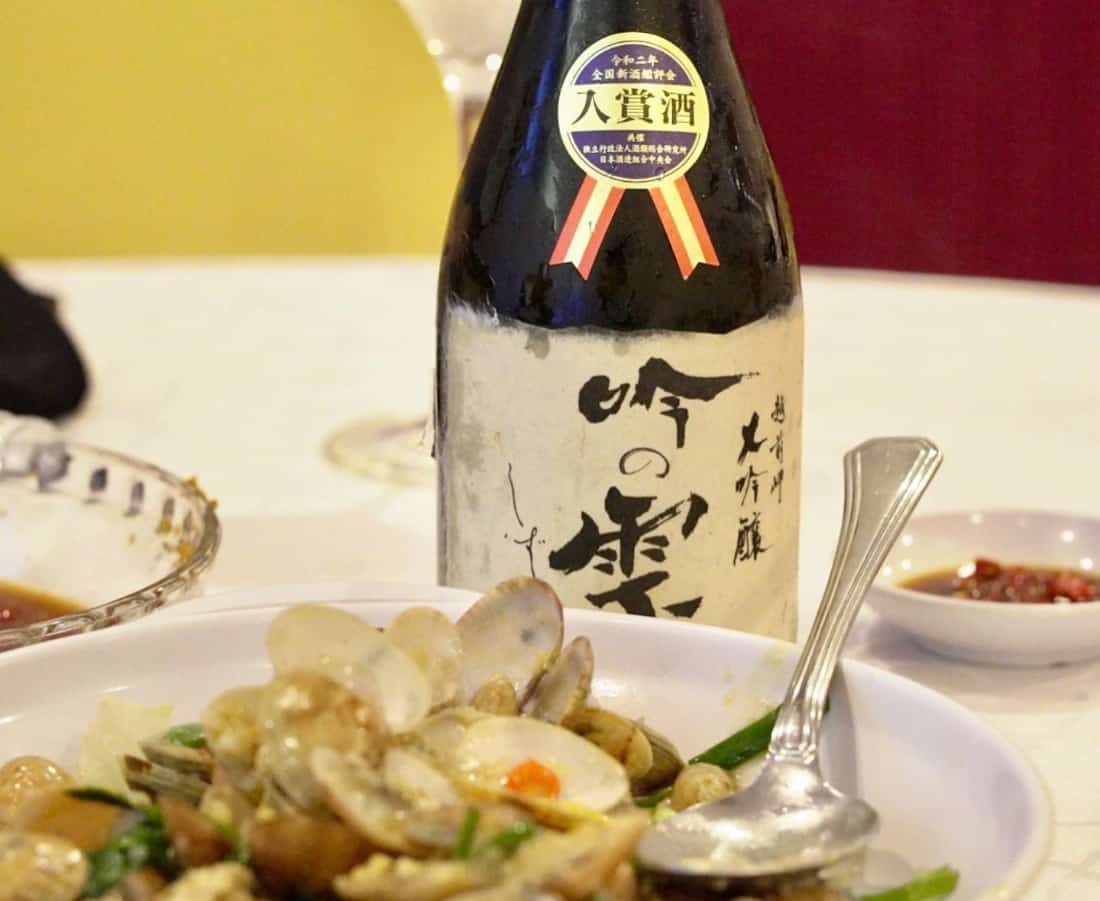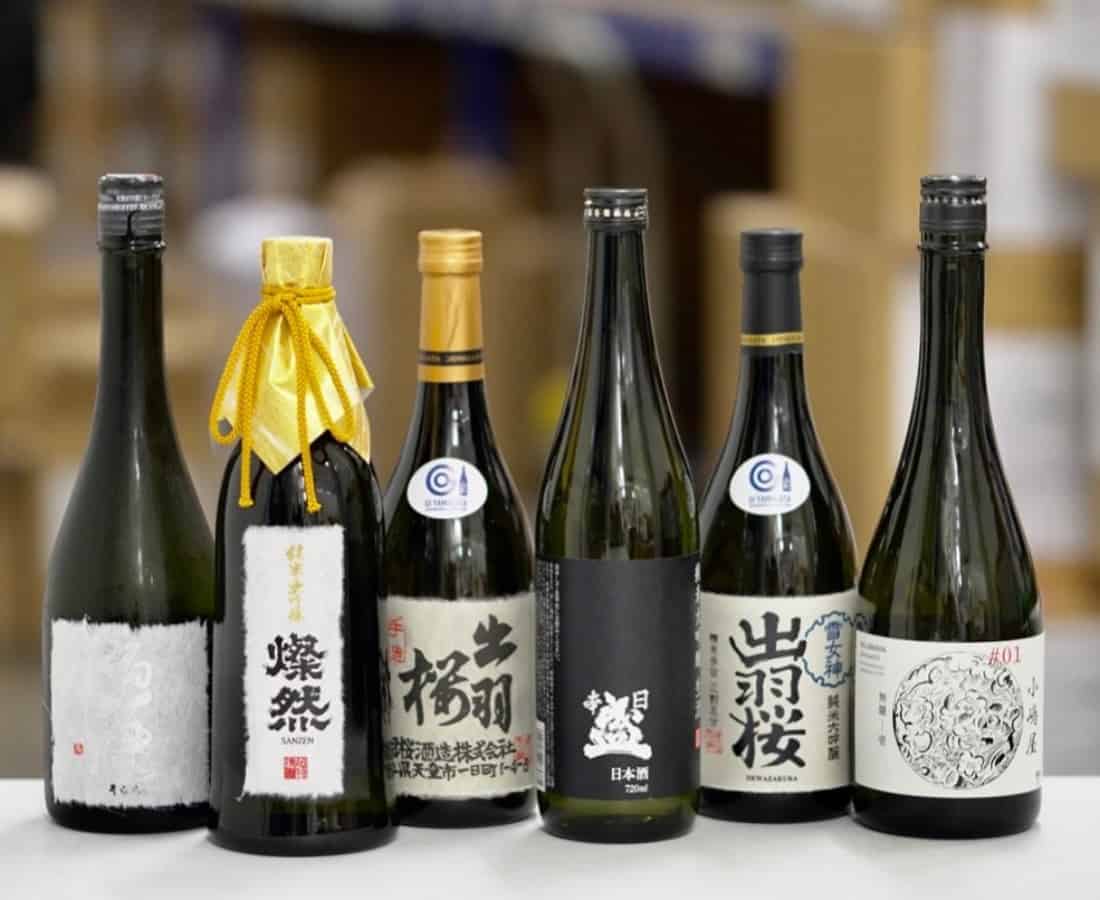Sake Guide: An Introduction to Ginjo, The Delicate & Fruity Sake Style Layered with Complex Flavours

PUBLISHED September 29th, 2020 05:00 am | UPDATED October 6th, 2020 11:02 am
Many of us start on our sake journey at Japanese restaurants where “warm” and “cold” sake are the only options. But this fermented rice brew is available in different grades and styles, where factors like how much the rice is milled and whether distilled alcohol is added during the brewing process come into play. In continuation of our series of boozy beverage guides and ahead of World Sake Day on 1 October, we’re delving into Ginjo-shu today – the middle grade sake that’s fragrant, tasty and (usually) friendly on the wallet.
A 30-Second History of Sake

Sake has been brewed in Japan for over 2,000 years, beginning sometime after the prevalence of rice cultivation, with the first written records dating back to the third century C.E. The first sakes were actually ‘mouth-chewed’, with people chewing rice and spitting the mixture into a tub, where the enzymes from the saliva converted the starches to sugar to start the process of natural fermentation.
You’ll be glad to know sake production methods have evolved greatly since then, particularly with the discovery of koji, the mold involved in fermenting sake that’s now almost as popular as the drink itself – koji dry-aged steaks, anyone?
Initially monopolised by the government, temples and shrines became the primary breweries of sake by the 1300s and the drink was consumed mostly at religious ceremonies, court rituals, and royal festivals. From the Meiji Restoration (from 1868) onwards, new laws and improvements in brewing technology allowed it to become a alcoholic beverage for the common man, as it is now.
Sake Classification & Tasting Notes

Sake has a very straightforward set of terminology that you can learn to go from pupil to pundit. The two most important terms you need to know to find a quality tipple is junmai – meaning ‘pure rice’ where no brewers alcohol is added – and ginjo, which refers to a grade of sake made with rice that’s been polished to 50-60% of its original size. The daiginjos (literally big ginjo) are usually pricier as the sake is made with rice polished to 50% or less of its original size.
The more bran is removed, the fewer amino acids remain (amino acids is what gives sake its trademark umami flavour) and thus allowing for lighter, more complex flavours to dominate. Ginjo grade sake is usually served chilled, as are most premium sakes, to capture the intricate flavours. Generally fruity and floral notes, as a result of the greater breakdown of rice, the complex and delicate flavours are also drawn out from a longer, low-temperature fermentation.
Food Pairings

The delicate and smooth nature of the ginjo lends itself to pairings with lighter foods like sushi and sashimi, or even a Chinese-style steamed fish. Alternatively, for a more European pairing, a dry ginjo could also cut through the creamy fattiness of a salad niçoise, a slice of jamón ibérico, or a caprese salad with fresh mozzarella.
Shopping Ginjo Sake In Singapore
Inter Rice Asia

Inter Rice Asia has been plying Singapore with quality sake from all across Japan since 2008. Their online shop is pretty comprehensive; on top of providing sommelier’s notes and pairing recommendations, there’s also a decent description of the different sake breweries whose products they import. We liked the dry and fruity Keigetsu Junmai Ginjo Ginnoyume (S$48) from Kochi while those with a penchant for a sweeter pour can try the full-bodied Dewazakura Junmai Ginjo Tsuyahime (S$53) hailing from the Yamagata Prefecture.
For a special occasion that doesn’t kill the pocket, get the Nihonsakari Junmai Ginjo Souhana (S$60). Made for Japan’s imperial family, this sake was only available to the public in the 1970s.
Shop Inter Rice Asia online or at #05-05 Blk 16 Kallang Pl, Singapore 339156. Open Mon-Fri 11am – 5.30pm (by appointment).
Sake Chan

Sake Chan offers a wide range of sakes for the adventurous palate, with their 17 brewery-strong collection featuring everything from funky yamahai-style selections to sparkling sakes. Their website also has a handy search filter that groups sakes not just by type, but also by rice and flavour. Try the dry, clean, and aromatic Tenryohomare Karakuchi Ginjo (S$54.60) that’s perfect with yakitori or go adventurous with the Kamoizumi Aged Junmai Ginjo Sachi (S$128.40) made in 1998 with rich flavours of plums and molasses.
Shop Sake Chan online here.
Top image: Inter Rice Asia.
